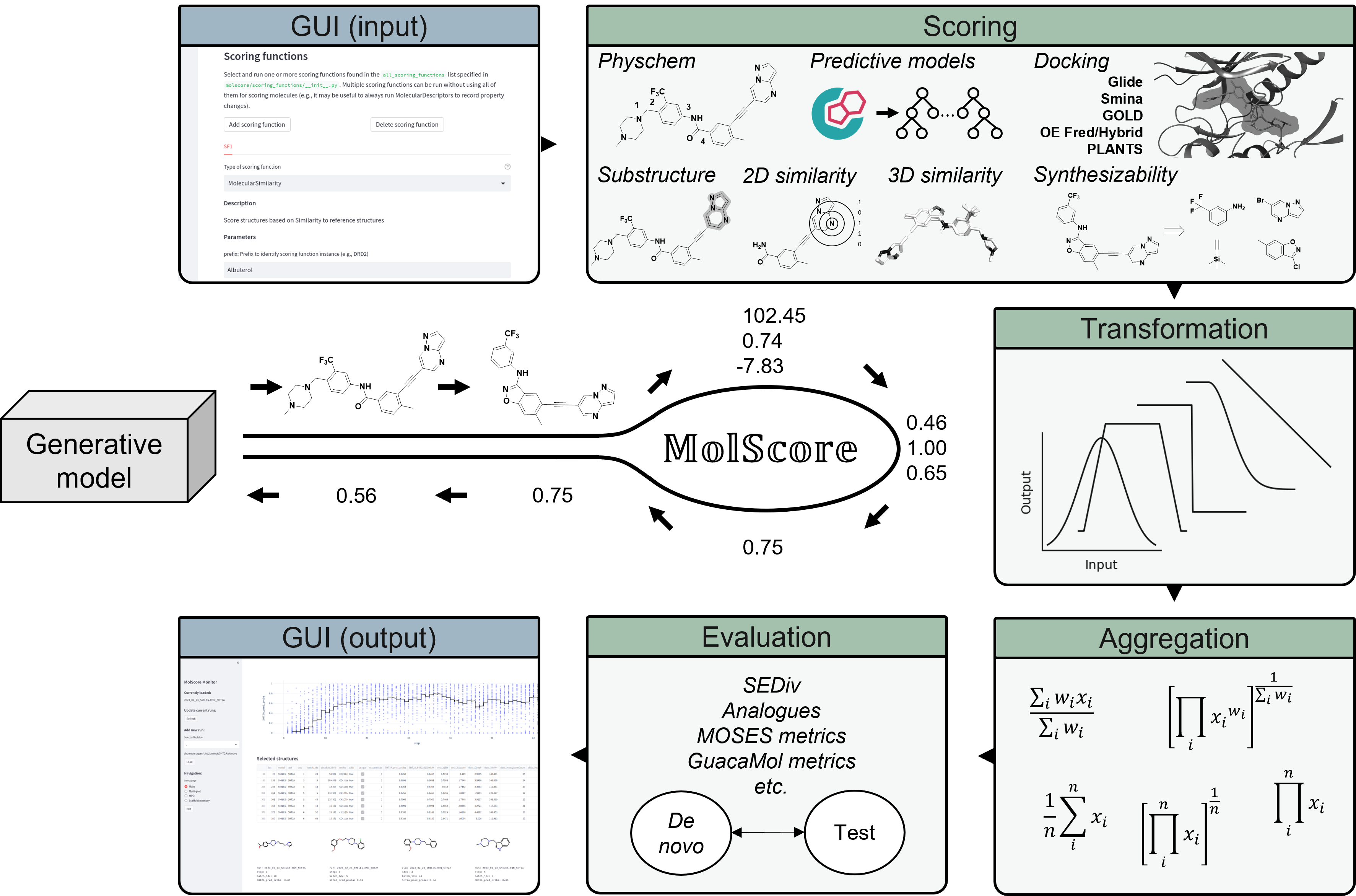Learning to Extend Molecular Scaffolds with Structural Motifs
Recent advancements in deep learning-based modeling of molecules promise to accelerate in silico drug discovery. A plethora of generative models is available, building molecules either atom-by-atom and bond-by-bond or fragment-by-fragment. However, many drug discovery projects require a fixed scaffold to be present in the generated molecule, and incorporating that constraint has only recently been explored. Here, we propose MoLeR, a graph-based model that naturally supports scaffolds as initial seed of the generative procedure, which is possible because it is not conditioned on the generation history. Our experiments show that MoLeR performs comparably to state-of-the-art methods on unconstrained molecular optimization tasks, and outperforms them on scaffold-based tasks, while being an order of magnitude faster to train and sample from than existing approaches. Furthermore, we show the influence of a number of seemingly minor design choices on the overall performance.
PDF Abstract ICLR 2022 PDF ICLR 2022 Abstract

